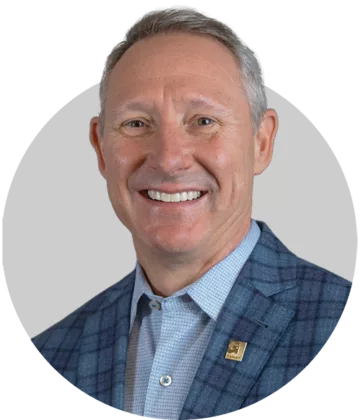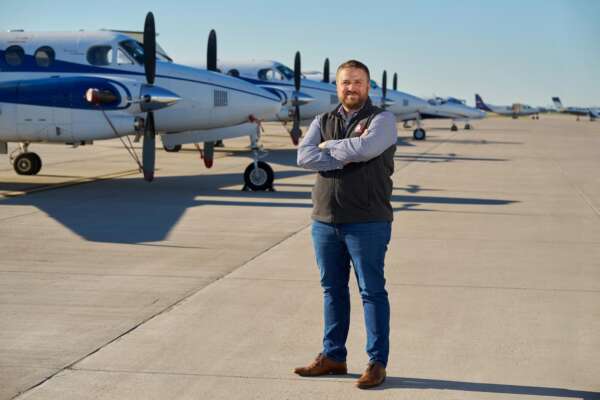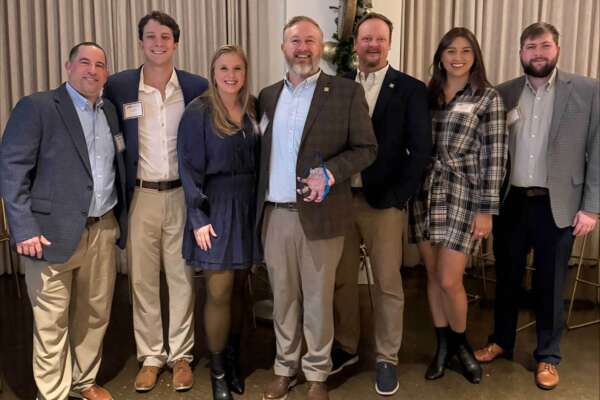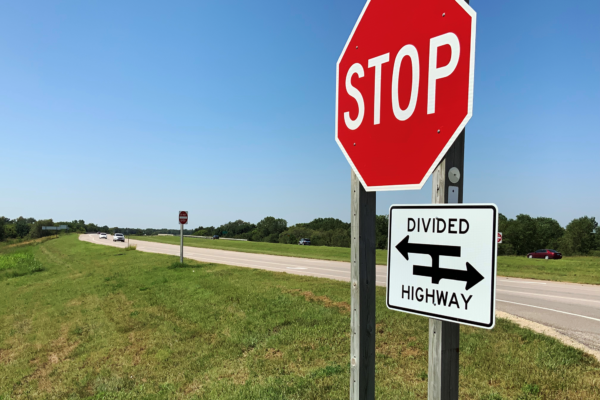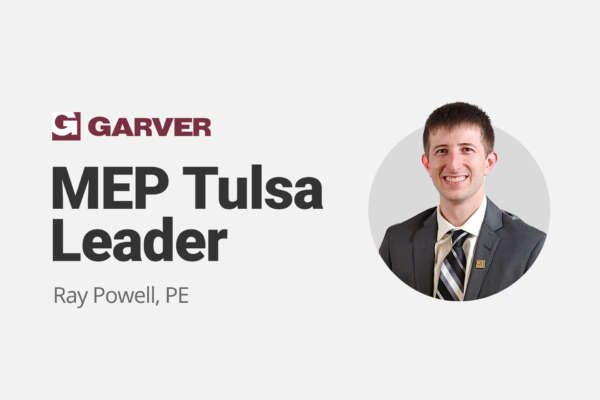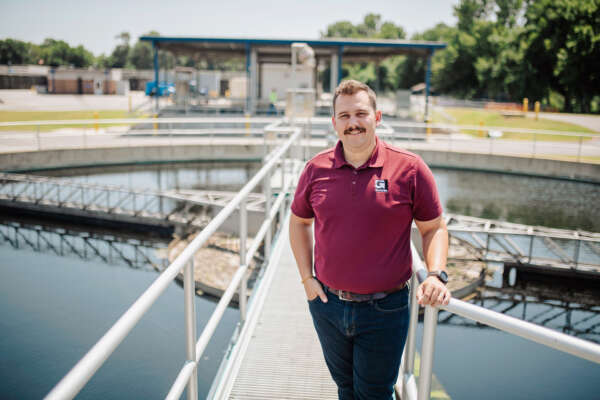The Rocky Mountain Section of the American Water Works Association is hosting the New Mexico Water Workshop this week, which will include water and wastewater professionals from across the region discussing the future of the industry in New Mexico. As full participants in the event, Garver experts will be presenting on topics like water distribution, re-use, wastewater, collection systems, and more.
See a summary of all presentations below, and click here for more information.
Project Manager Michael Salinas, PE | Dallas, We Have a Leak! Collaborative Approach to Solving a Leaking Water Main Under a Major Runway | 10:15-10:45 a.m., April 7
Alternate project delivery is an increasingly popular method for delivering complex projects on a critical schedule. This can have multiple benefits including interactive design with the contractor as well as identifying best value and lowest lead materials time. After a critical failure on DFW Airport’s main 30-inch water line loop, alternative project delivery was leveraged to prepare a solution and expedite construction.
Process Group Leader Buddy Boysen, PE, PMP and Water Reuse Practice Leader Michael Watts Ph.D., PE | Small Scale Packaged MBR Systems for Remote Water Reuse | 10:45-11:15 a.m., April 7
This presentation will focus on a recent case study from a state park in Texas where Garver has helped implement a small remote wastewater treatment plant to recover reclaimed water for non-potable reuse. The presented material will include a comparison of small MBR and conventional activated sludge wastewater treatment plants and will discuss comparative costs as well as key performance criteria.
Wastewater Technology Specialist John Richardson, PE | Use It or Lose It? Biosolids Management Over the Long Haul | 1-1:30 p.m., Thursday, April 7
Municipal wastewater treatment facilities in many areas of the United States face increasing challenges with respect to managing biosolids. These challenges include significant growth, residential encroachment, odor complaints, increasing operating costs and potential regulation of emerging contaminants such as per and polyfluoroalkyl substances (PFAS). A group of wastewater entities combined resources and completed a study that considered multiple biosolids management alternatives that included offsite composting, offsite land application, offsite monofill, and incineration. An overview of federal USEPA Part 503 regulations will be presented as well as the unique challenges faced by each entity along with industry experience with each alternative. Finally, an update on potential regulation of PFAS will be presented along with impacts to biosolids.
Planning and Modeling Team Leader Evan Tromble, Ph.D., PE | Leveraging Energy Management Principles & Electric Utility Demand Side Rebates to Improve Traditional Asset Management | 2-2:30 p.m. Thursday, April 7
For years, traditional asset management (AM) utilizes audits where a visual assessment of a critical process components, such as pumps, blowers, filters, clarifiers, tanks, pipes etc., are performed. The engineer develops an inventory list and a risk register by coupling the field assessment data with the historical maintenance logs. This risk register is used to systematically evaluate risks, define their priority and potential impact, and document mitigation strategies with their respective costs. But does this tell the entire story? For electro-mechanical equipment the answer is “NO”. This presentation reveals how incorporating energy management principals can enhance an AM program.
Infrastructure Practice Leader Jeff Maier, PE | The Future is Here: Artificial Intelligence, Machine Learning & Advanced Pipeline Condition Assessment Methods | 11-11:30 A.M., Friday, April 8
This presentation will provide a technical overview of the Cured In Place Pipe (CIPP) lining process, the most common trenchless method for the rehabilitation of gravity sewer pipelines. Project planning and specification considerations, preparation requirements, industry standards, and recommended quality control procedures will be discussed. A look into CIPP liner design methodology and materials selection will be focal points of this presentation. Different curing methods, both thermal and UV light-based, as well as the types of CIPP liners and resins that are available will be covered, with the advantages and limitations of each method explained. Common pitfalls that can be avoided through proper planning, design, and installation procedures will be covered throughout the presentation. State-of-the-art developments to the CIPP lining process including the emergence of high strength reinforced lining systems and new resin materials for drinking water, pressure pipe applications, and expanded larger diameter capabilities will be discussed.
Project Manager Bryce Callies, PE and Water Practice Leader Zaid Chowdhury, Ph.D., PE | Adding Resiliency to Lawton’s Water Supply | 11:30 a.m.-Noon, Friday, April 8
In this work results of the groundwater treatment pilot concluding first quarter of 2022 will be presented. The presenters will provide a summary of the results of the pilot focusing on the treatment efficacy for various constituents of interest including TDS, arsenic and fluoride, MF, and NF/RO recovery and performance, cost of treatment, and permitting.
Infrastructure Practice Leader Jeff Maier, PE | CIPP Lining Technical Design & Installation Considerations | 1:30-2 p.m., Friday, April 8
This presentation will provide a technical overview of the Cured In Place Pipe (CIPP) lining process, the most common trenchless method for the rehabilitation of gravity sewer pipelines. Project planning and specification considerations, preparation requirements, industry standards, and recommended quality control procedures will be discussed. A look into CIPP liner design methodology and materials selection will be focal points of this presentation.
Southwest Region Water Leader Jon Chill, PE | Structural Manhole Rehabilitation – San Patricio and San Pasquale Projects | 10;30-11 a.m., Friday, April 8
An overview of the structural trenchless rehabilitation construction techniques implemented to successfully execute the ABCWUA San Patricio Avenue Sanitary Sewer Manhole Rehabilitation project in Albuquerque, New Mexico will be presented. Ten severely corroded and structurally-compromised concrete sanitary sewer manholes ranging in size from 48 inches to 96 inches in diameter, all located in a critical part of ABCWUA’s wastewater conveyance system, were proactively rehabilitated through fully structural no-dig techniques. Design focused on use of polymer concrete manholes, prefabricated fiberglass inserts, and hybrid PVC materials in lieu of open cut removal and replacement.
To learn more about what Garver's Water and Wastewater Team can do for you, visit our Water and Wastewater services page.
